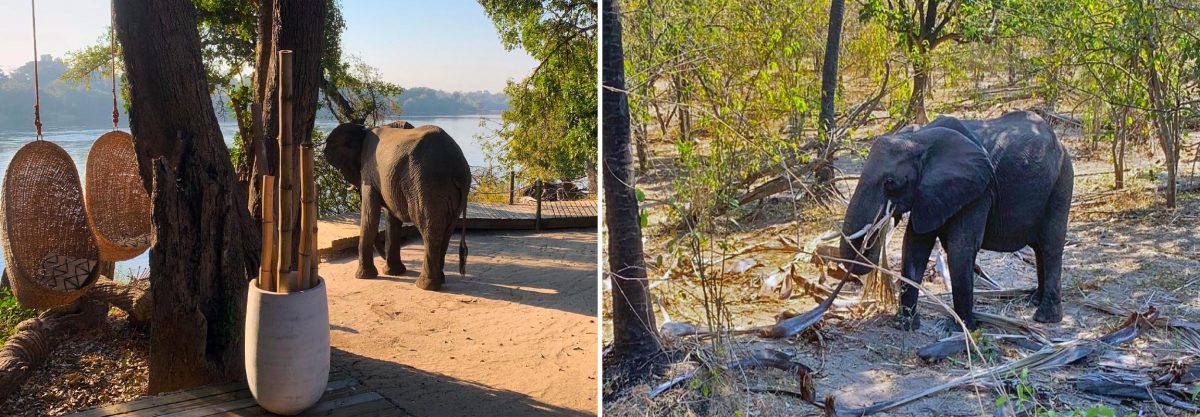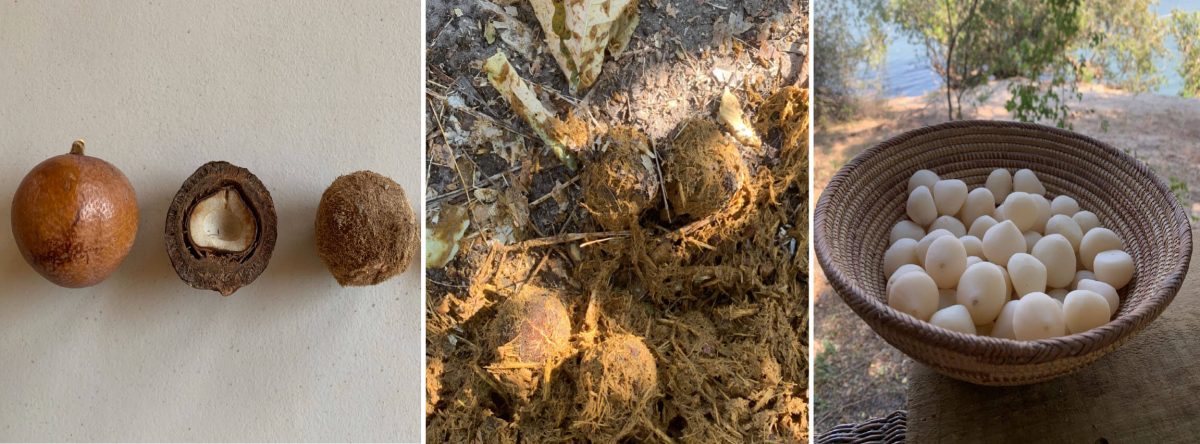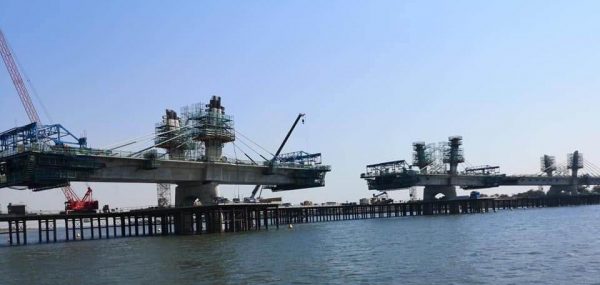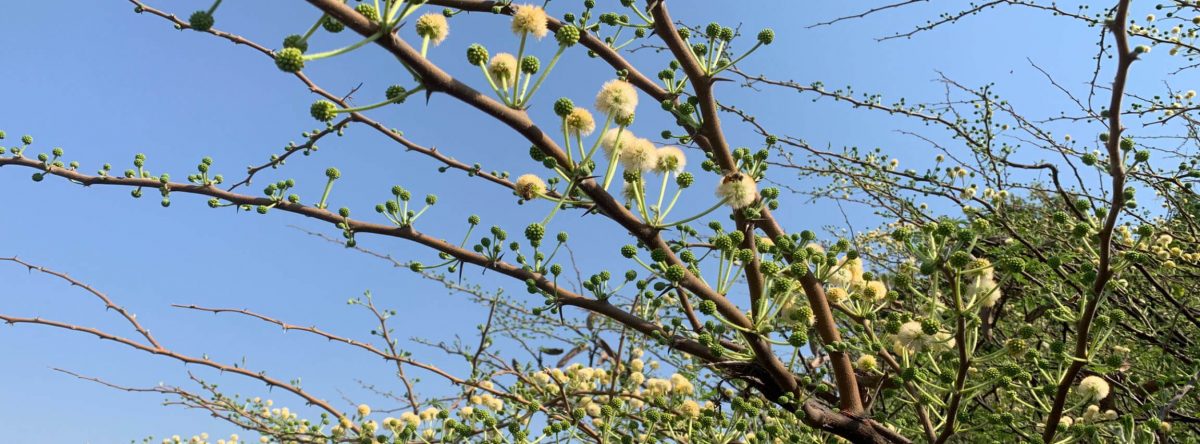On the of 4th August, unexpectedly and unannounced, Summer marched straight into North-Western Zimbabwe and kicked Winter out. It felt like Spring here lasted about twelve hours. Daily highs went up to 33 Centigrade (92 Fahrenheit for our American friends), and lows climbed to 16 Centigrade (60 degrees Fahrenheit). By the middle of the month, the river volume at The Big Tree measuring station was 52% of its level same time last year.
August is known as the windy month in Zimbabwe, and this year is no exception.
Big gusts of wind in spells of up to an hour-long, have been knocking all the dead leaves off the trees, and tell us that the build-up to the rains has just begun. We are desperate for a good rainy season. The earliest storms start in late October, so there is a way to go.
As the dry season unfolds and temperatures rise heading for October, elephants are visiting the island virtually every day. The search for food is becoming more and more desperate, and they are venturing into corners of the Island that they generally never bother about, or were too cautious to visit before. They have eaten all their favourite foods, and have now even started to eat the dried palm fronds lying fallen on the ground.

The Northern Ilala Palms are a particular focus, especially of the older bulls. They tour from palm to palm headbutting the lower trunk to make the fruits fall.
I have watched a single bull eat up to 30 of these golf ball sized fruits in a session.
Once their stomach juices have dissolved the ginger- flavoured, spongy outer layer, they excrete them. Inside, what is left is the hard endosperm, known as vegetable ivory. If you are patient enough to sand off the fibrous outer layer, you will end up with a beautiful milk-coloured ball, as pictured displayed in a Botswana basket made from the fronds of the same palm. These have a hollow centre and can be found carved into keyrings in Namibia. It is commonly thought that these seeds need to pass through an elephant’s stomach in order to germinate, but research has shown that fire is a more likely agent for successful dispersal.

In a previous blog, I made mention of the new bridge under construction at Kazungula, just 100km upstream of the island. It’s very difficult to get to the site but I managed to find a recent photo taken from a boat just downstream of the site.

One of the first trees to blossom this year was the stand of Acacia Hebeclada Chobiensis on the southern tip of the island. This subspecies reaches the extreme eastern limit of its distribution here on the river above the Falls.
It seems like every island bee is gathered there to enjoy the pollen produced by the beautiful yellow pompom flowers.



